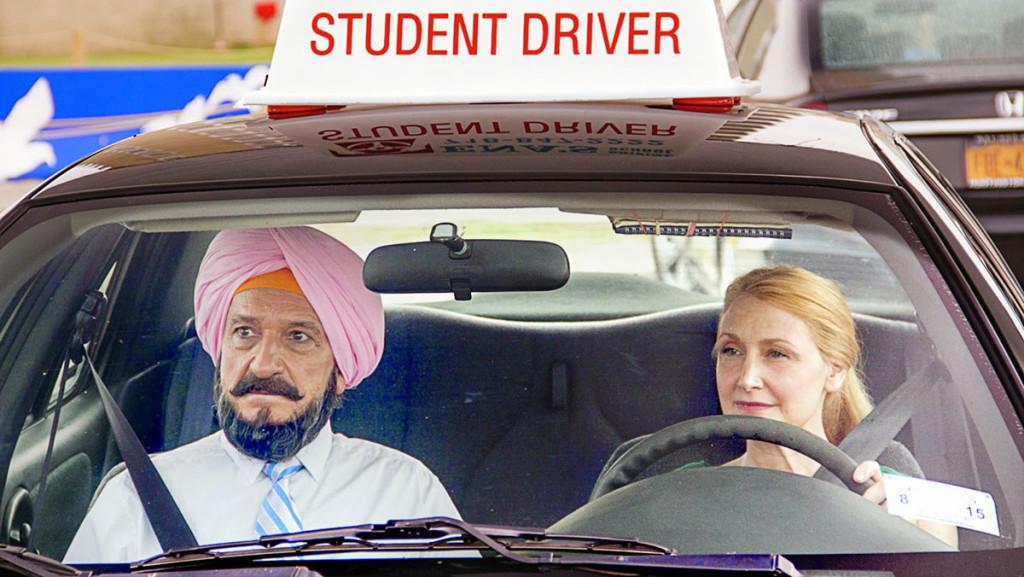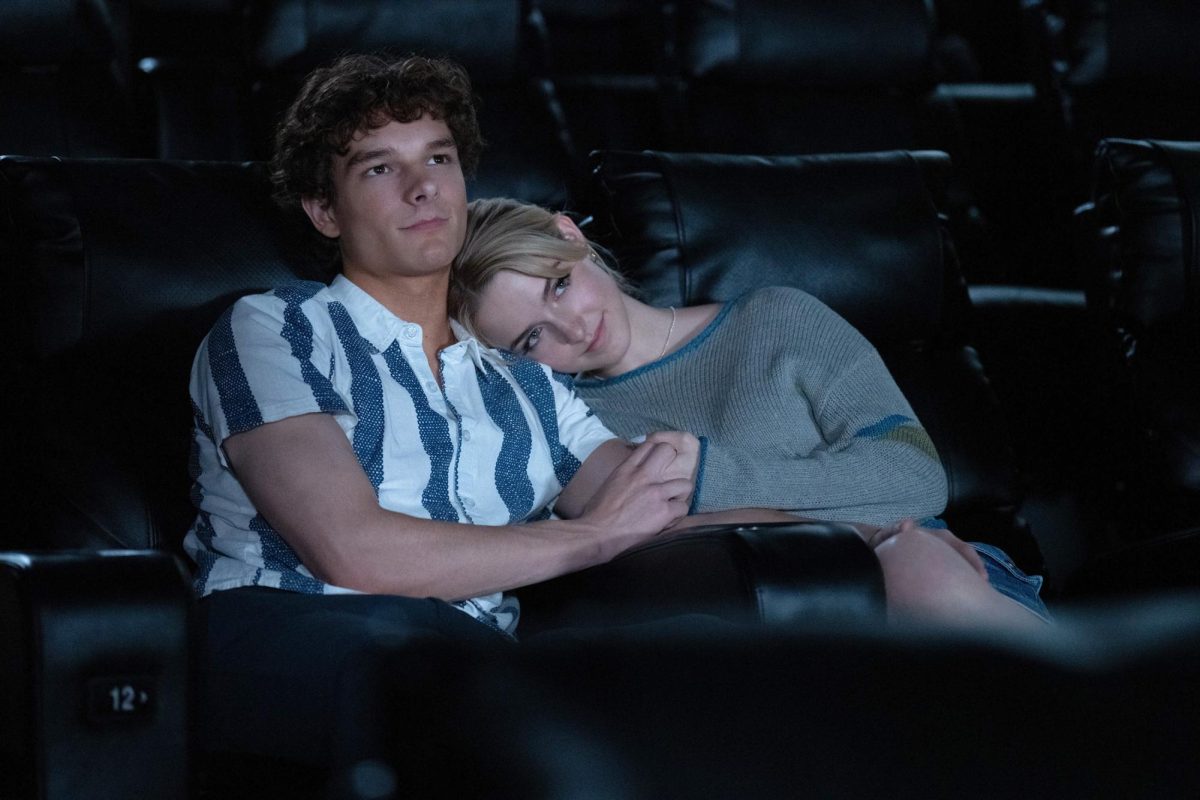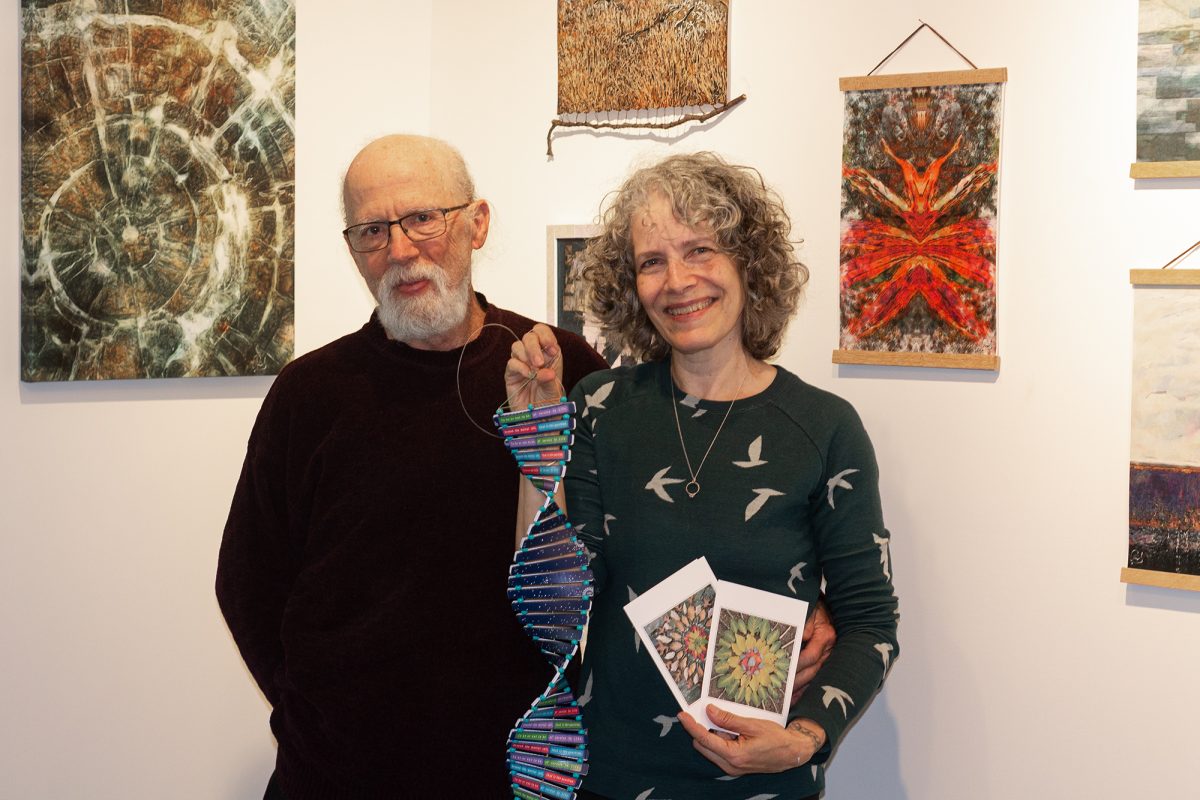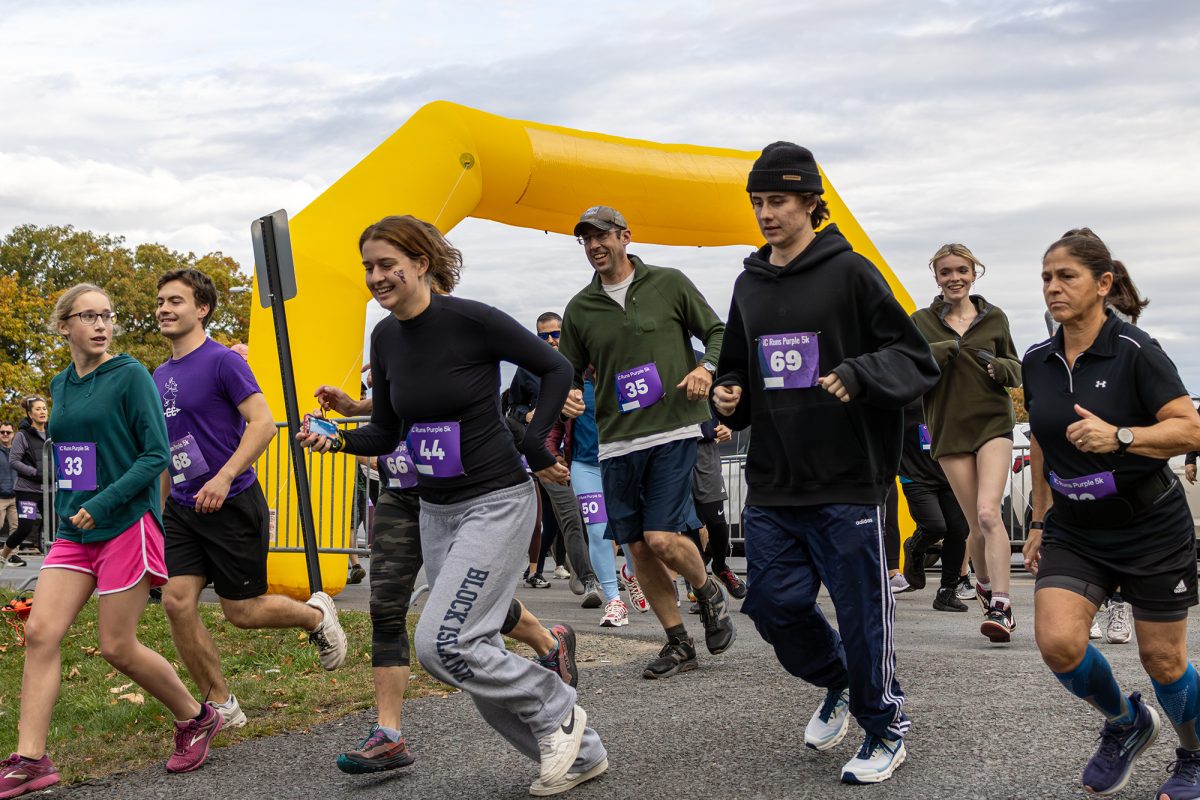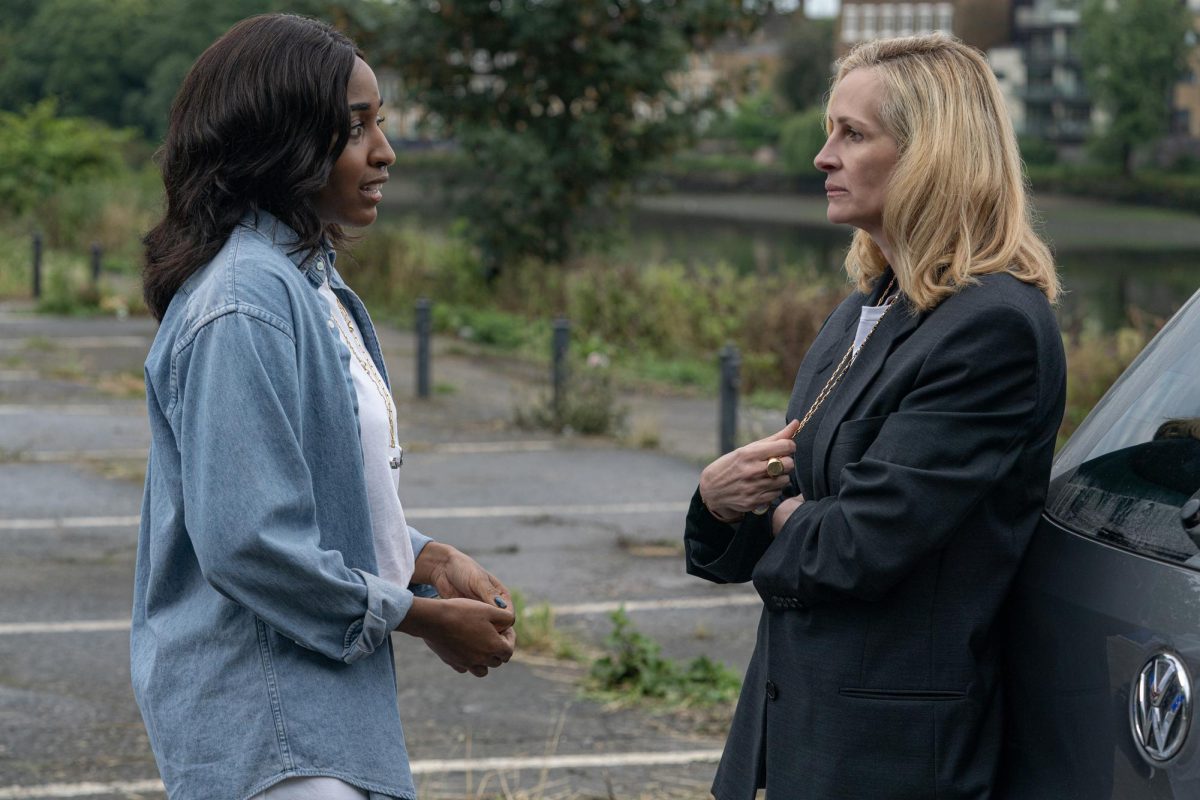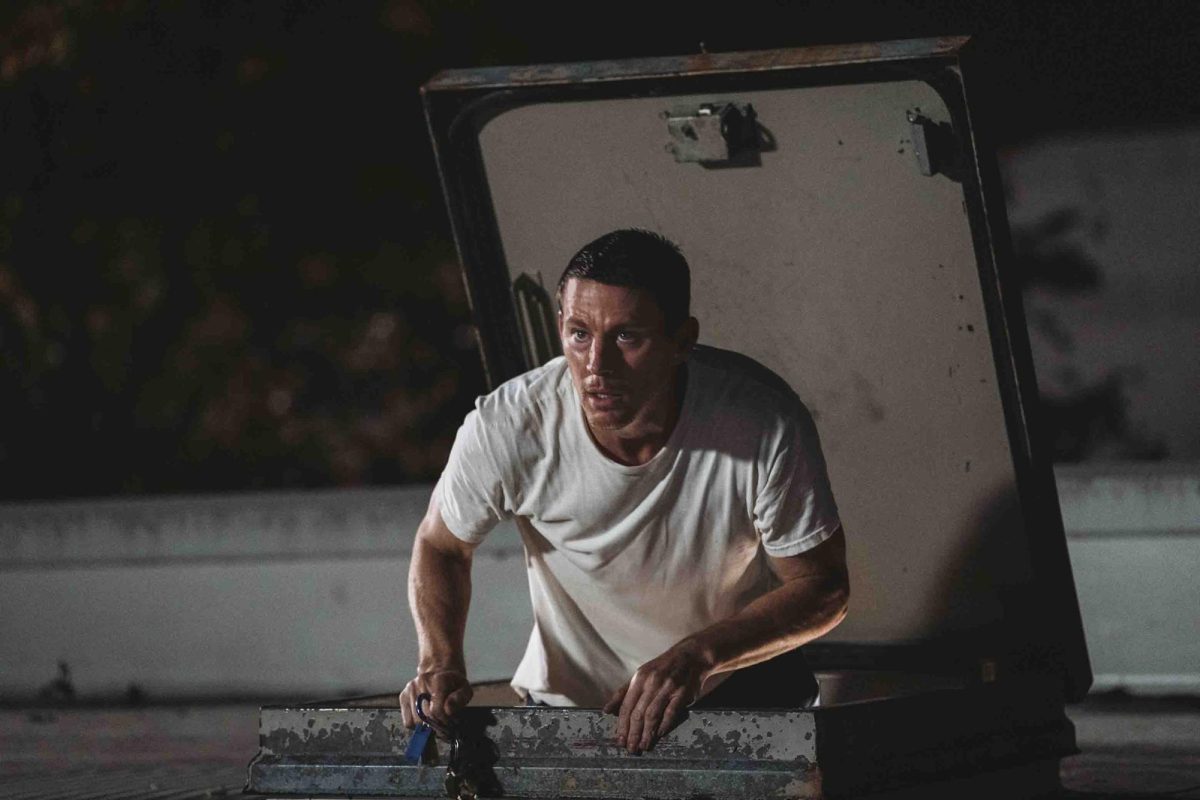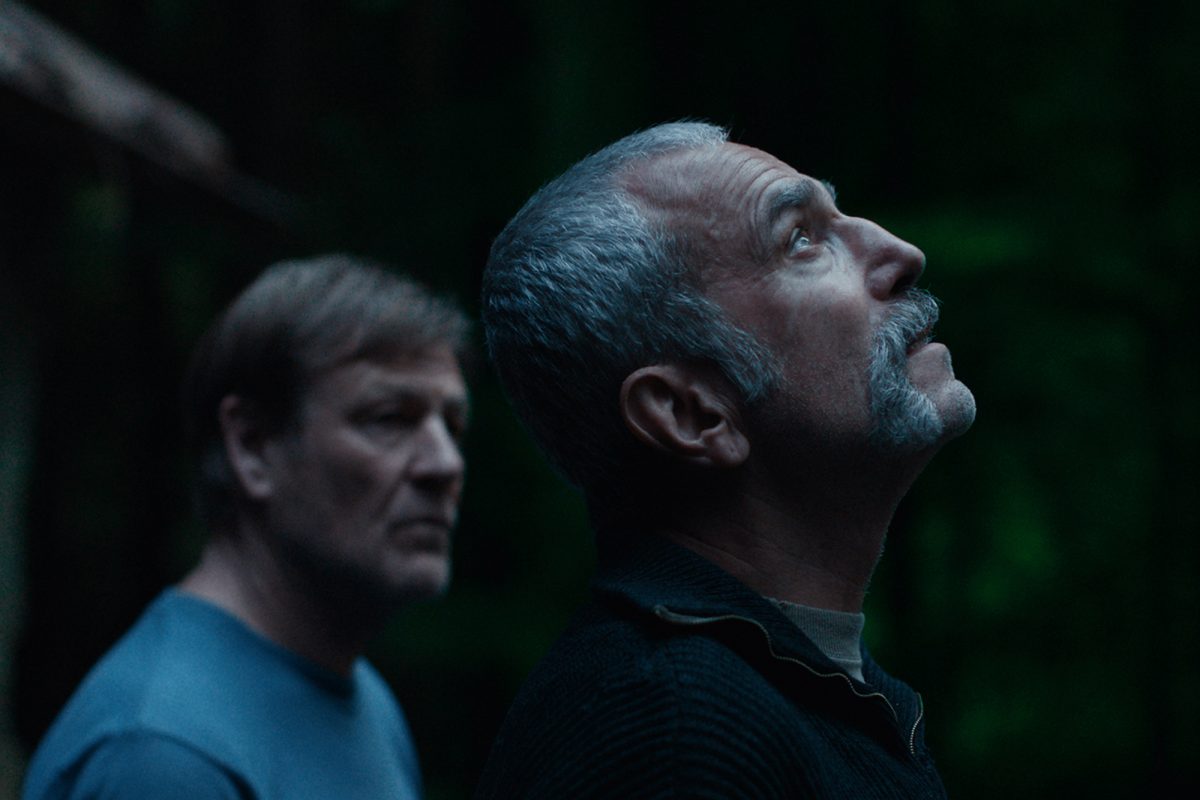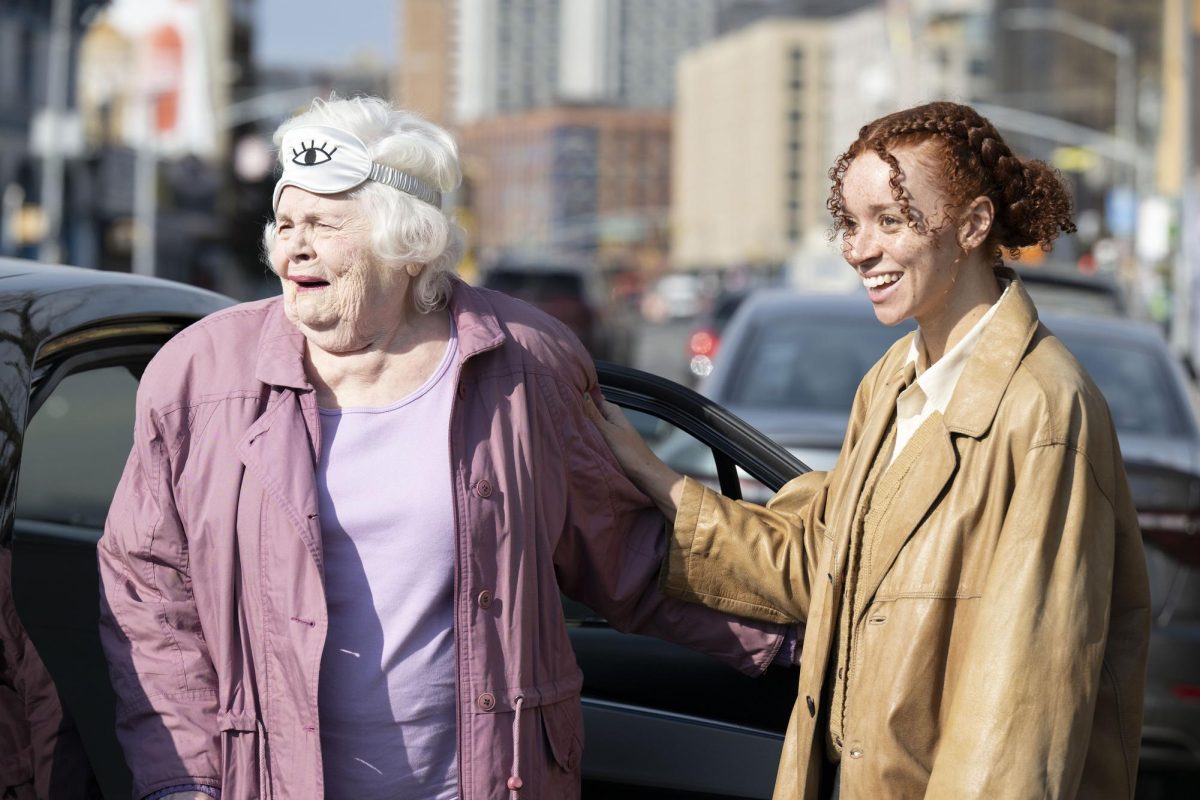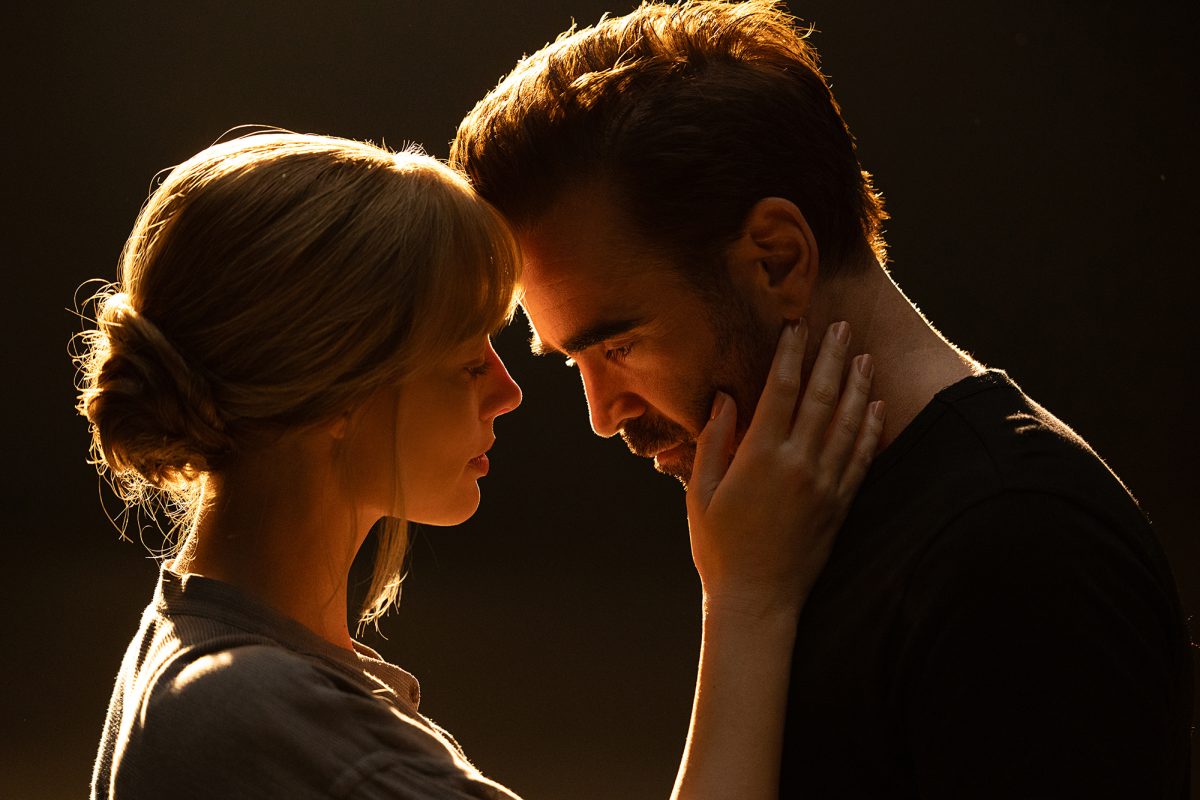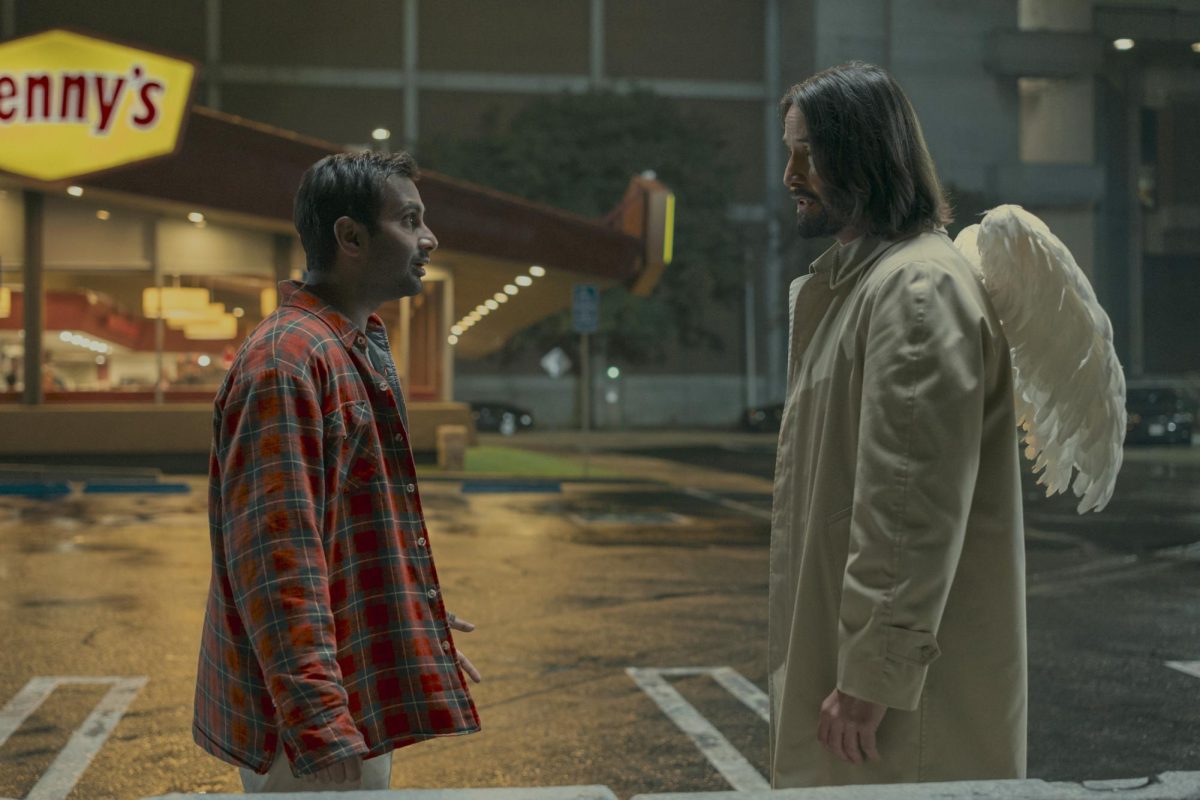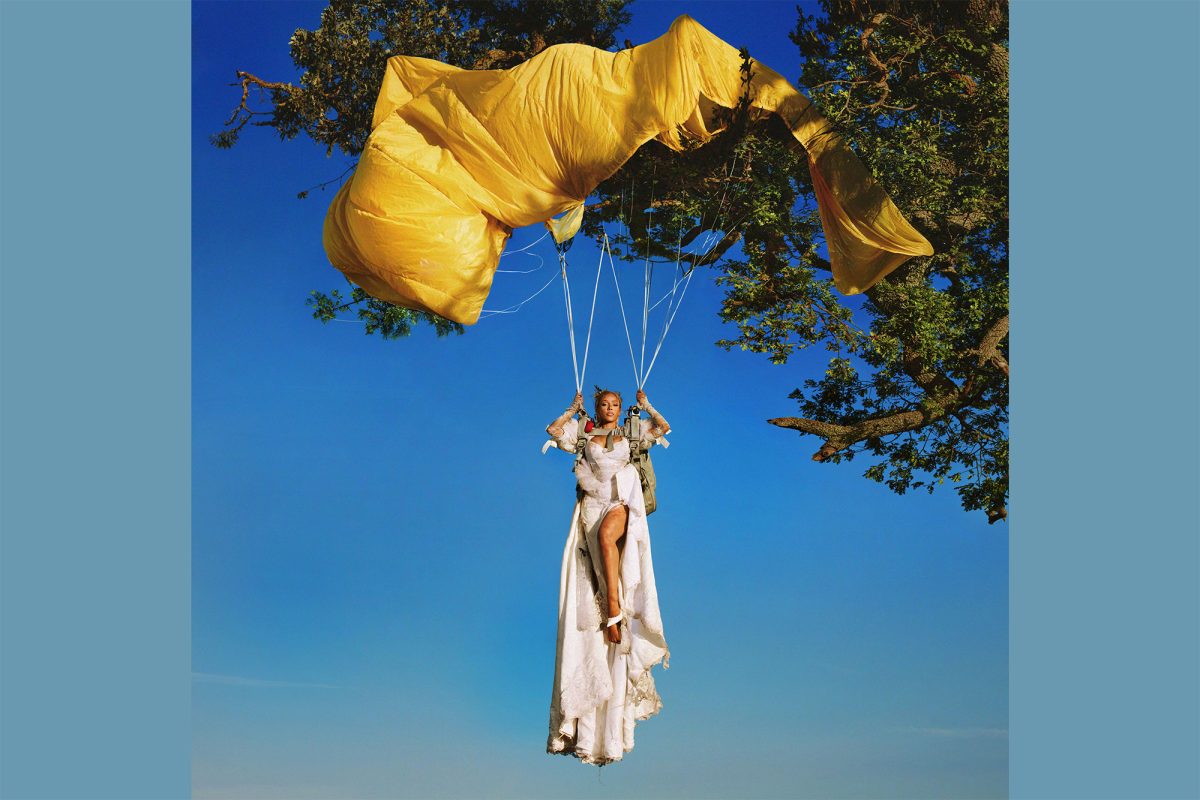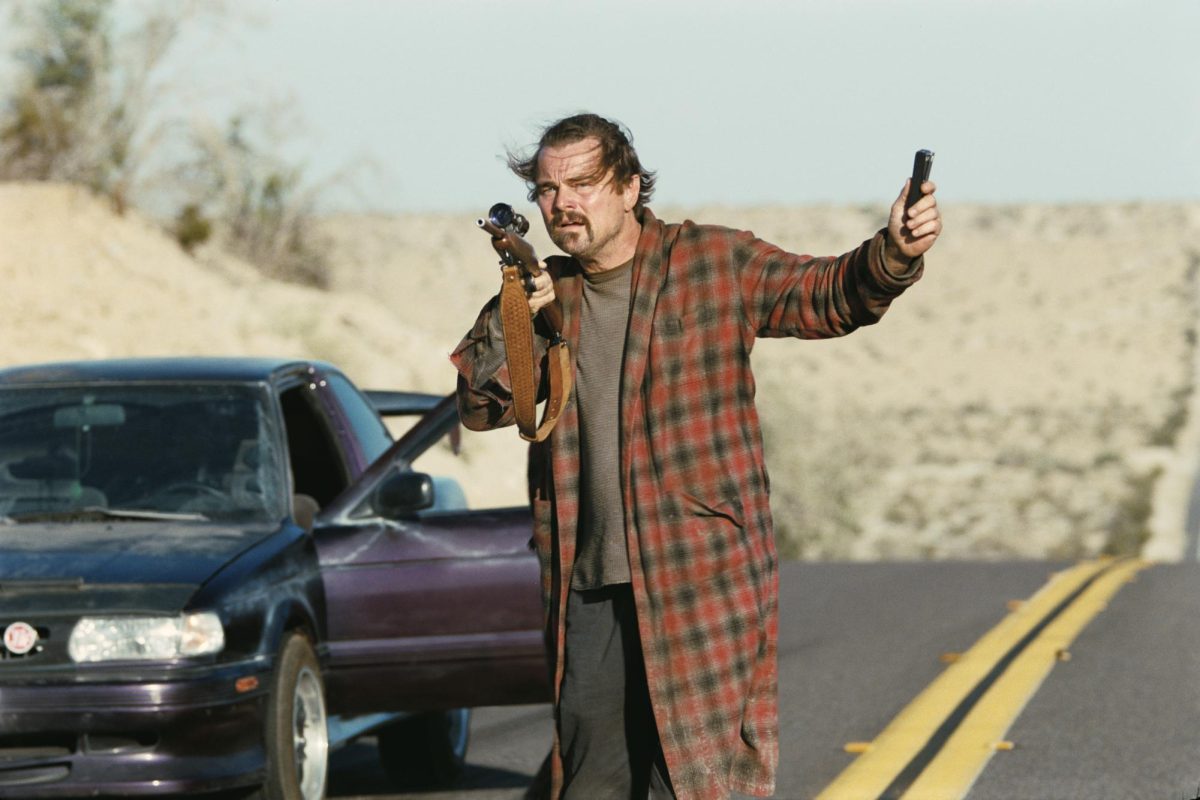The scene is a tree-lined residential street in Brooklyn, New York. A middle-aged woman sits behind the wheel of a car, listening to a turbaned Sikh as he calmly instructs her to start the car. Everything seems to be going smoothly until she stops short while merging onto the main road. When the Sikh asks what happened, she simply replies, “We’re moving.”
In her 10th feature film, “Learning to Drive,” director Isabel Coixet attempts to present an examination of friendship’s lasting impact only to just fall short of making the mark. Based on the 2002 New Yorker essay of the same name, the film stars Academy Award–nominee Patricia Clarkson as Wendy Shields, a literary critic who is left reeling after her husband Ted (Jake Weber) leaves her for a younger woman. Determined to pick up the pieces of her life, Wendy impulsively decides to get her driver’s license and asks Darwan Singh Tur (Ben Kingsley), an Indian cab driver she met the night Ted walked out, to give her lessons. As the two bond over their shared experiences, they begin to realize the importance of starting life anew and the value of having someone to share it with.
Though billed as a comedy prior to its release this past August, the film comes across as a poorly made Lifetime movie, primarily because Wendy’s story has no stakes whatsoever. The fact that Wendy has no conflict to overcome, despite her own self-absorbed nature, makes it difficult for viewers to identify with her. This could have been easily remedied had writer Sarah Kernochan, best known for her work on the 1986 film adaptation of Elizabeth McNeill’s memoir “9 1/2 Weeks,” chosen to focus on developing elements from Katha Pollitt’s original essay instead of crafting what can only be described as a severely underwritten narrative.
Despite this, the movie still functions largely due to Kingsley and Clarkson’s messy yet heartening dynamic, which almost resembles that between Steve Martin and John Candy in the 1987 comedy “Planes, Trains & Automobiles.” They manage to work together in every scene, using one performance to establish the other while gaining sympathy from viewers by adding an emotional side that develops along with their relationship. The reality of their bond not only makes the story real, but allows viewers to relate to their respective struggles.
The same cannot be said for English actress Sarita Choudhury, who plays Darwan’s new wife Jasleen, a stranger to the United States who is afraid to even set foot outside their Queens apartment. Choudhury, best known for her roles in “Kings” and “Homeland,” struggles to bring Jasleen to life through precision-perfect dramatic timing and ultimately falls victim to the disingenuous characterization.
In terms of the story, the plot moves too quickly at points. Editors Keith Reamer and Thelma Schoonmaker fail to establish a consistent pace and leave audiences confused by the unequal distribution of comedy and drama, but the strong presence of both Kingsley and Clarkson manages to save them from being lost in the plot.
The biggest flaw is that the ending, while sufficient for the advancement of the story, is extremely predictable and leaves the audience disappointed over what could have been an insightful examination of how one chance encounter can truly change a person’s life in ways they never imagined.
“Learning to Drive” was meant to glorify the beautiful simplicity of a personal bond, but fails to do so because it is unable to maintain interest. While it aims high, the film only ends up being a jumbled mess that not even two award-winning actors can save.


